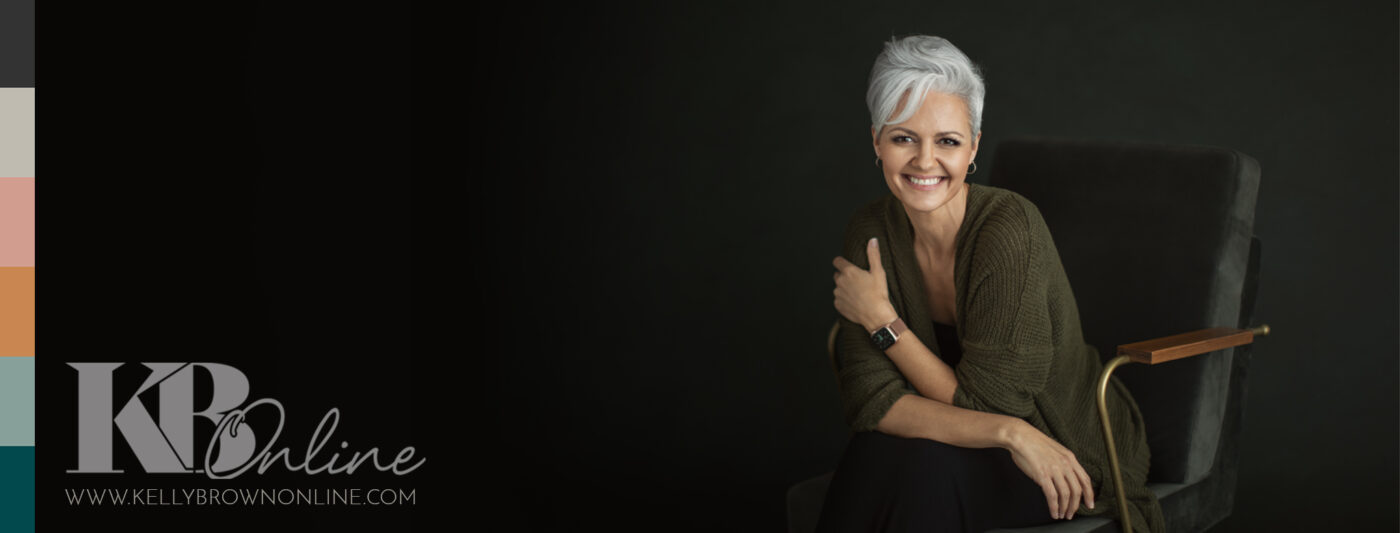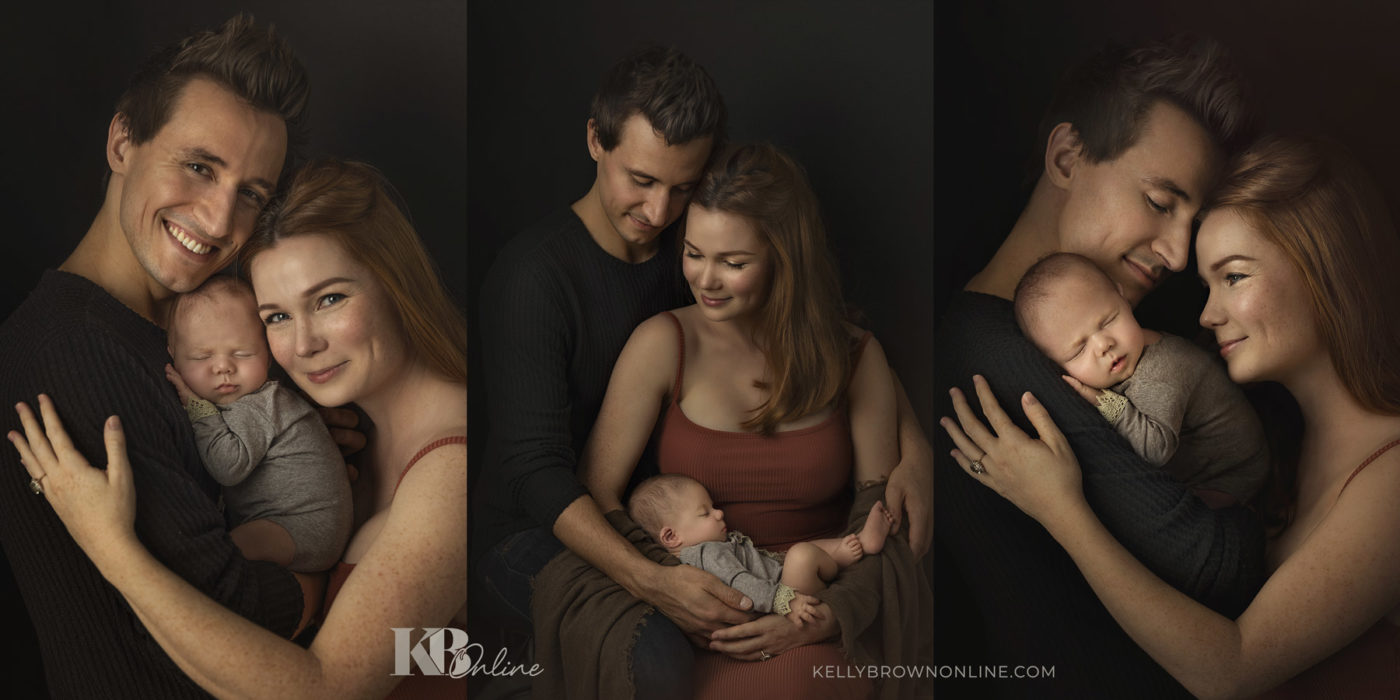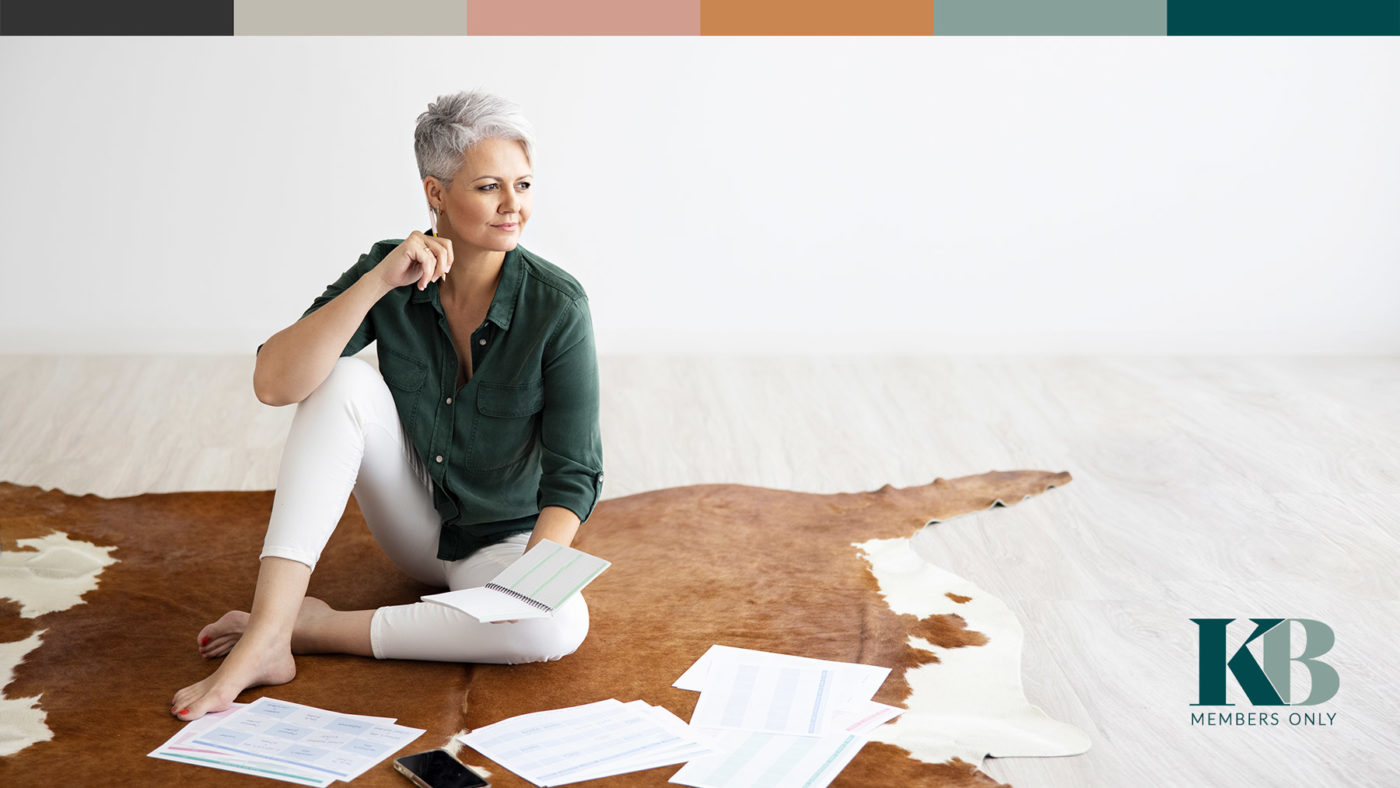Tips for using Continuous Light
- Kelly Brown
- Oct 21, 2019
- 2 min read
In Kelly Brown’s new Newborn Photography Lighting class she demonstrates using Natural, Continuous and Strobe lighting. Over the next 3 weeks, we’ll break down some brief points on each of the three light sources for you.
WHAT IS A CONTINUOUS LIGHT?
Continuous light is simply a light source which stays on constantly once powered on, as opposed to a flash which outputs a short, intense burst of light when triggered.
Various types of LED continuous lights and modifiers
When using Continuous light, Kelly likes to work with LED type. They come in many shapes and styles, from flat panels to traditional monolight style, as pictured above. LED lights typically generate less heat and are often lighter weight than many other types of continuous light sources. This makes them an excellent choice for studio photographers working with young subjects.
Choosing a light such as the Godox SL200 unit which Kelly uses in this class allows you to add a “modifier” – a light-shaping tool such as a softbox – to the mount located at the front of the light unit. This will help you shape and control the properties of the light.
What to look for when choosing a Continuous Light and modifier:
Kelly covers this in more detail in the Newborn Posing Lighting class, but here are a few points to consider:
Variable output to allow you to adjust the brightness of the light
A light with daylight-balanced colour temperature
Note some lights may feature a) daylight OR tungsten balance; or b) the option to switch between either; or c) variable adjustments to customise your colour temperature between the two points
Note when buying a light modifier such as a softbox, the “speedring” (mount/adapter) on the modifier must be compatible with that of the light itself. There are multiple types of mounts for the different brands of lights.
For example, Godox lights have a “Bowens-type” mount, therefore both light and modifier need to match to connect.
Check the mount type of your light before purchasing any modifiers to ensure they’ll be compatible.
Choose a sturdy, stable light stand, and secure with sandbags for extra safety
Pictured: Godox SL200 continuous LED light with 175cm Rotalux Softbox
Equipment used in this class
When working with continuous lights for newborn and family portrait, Kelly typically prefers to use a large softbox, to help replicate diffused daylight.
In this class, she demonstrates using the Godox SL200 (200 watts) continuous LED, daylight balanced light, with variable output. She combined this with a 175cm Rotalux octagonal softbox, with Bowens-mount speedring adapter to suit her Godox light. (Note: speedring sold separately.)
(Note, this Rotalux softbox is a little unique as it comes without a “speedring” – the adapter to connect the softbox to your light. This enables this particular softbox to be used with any brand of lights, WITH the add-on purchase of the appropriate speedring adapter to match your light’s brand.)
In this class, Kelly demonstrates how she controls and positions her light while discussing the key elements she looks for to create beautiful portraits using continuous light.




Comments